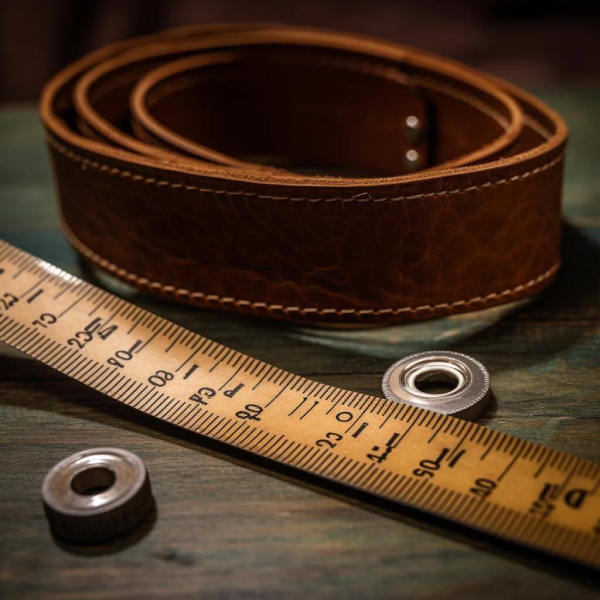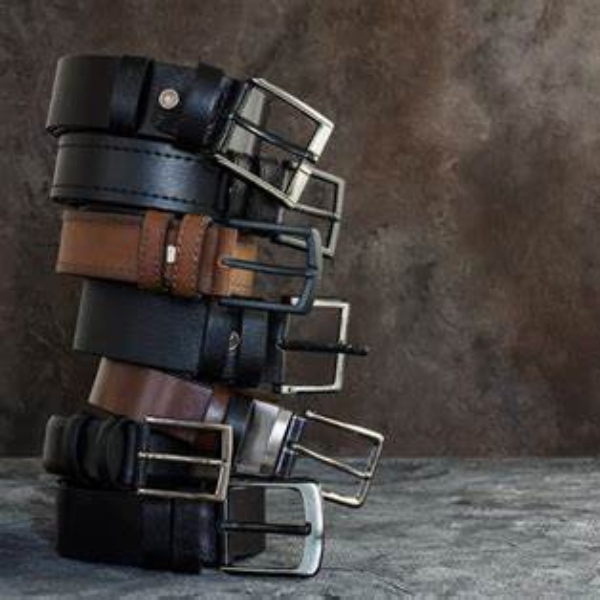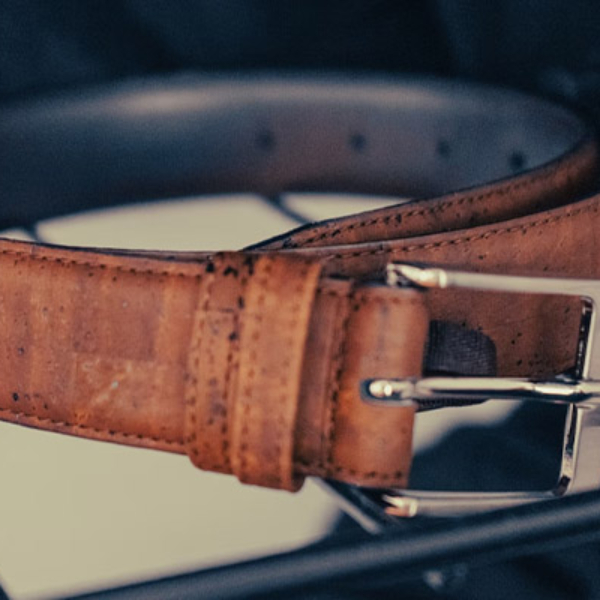Physical Address
304 North Cardinal St.
Dorchester Center, MA 02124
Physical Address
304 North Cardinal St.
Dorchester Center, MA 02124

Finding the right belt size is essential for comfort and style. A belt that fits well helps to keep your trousers secure and enhances your overall appearance. But selecting the correct belt size can be a bit tricky, especially since belts are not always sized consistently across different brands.

When embarking on the quest for the perfect belt size, there are a few reliable methods that you can use to ensure you get it right. Firstly, if you have an existing belt that fits well, you can measure it, taking into account the particular method used for branding that belt size. Another method involves adding a number to your pant size to find the appropriate belt size, which works for most off-the-rack purchases.
For a more tailored fit, you can measure your body where you normally wear a belt. It’s important to note the possible variation due to the stretchability of the materials used, such as leather or braided materials. Some belts are also sized using a general lettering system, particularly in women’s sizes, which ranges from XS to XL.
In this guide, we’ll walk you through each method to help you understand how to know belt size that’s right for you. We’ll cover how to measure an existing belt, choose a belt size based on your pant size, and measure your body for an optimal fit. We’ll also explain the letter sizing system for women’s belts, provide general tips for choosing a belt, address common sizing issues, and share final thoughts to make sure you’re confident in making your belt size selection. Choosing the right belt width is essential for comfort and style. Our guide will help you determine the perfect size and width for your needs.

When you need to know how to measure a belt, start by laying it flat on a surface. Make sure the belt is not twisted and it is stretched out straight. Place the start of a tape measure at the hole you commonly use. Pull the tape to the end where the belt folds over the buckle. Remember to only measure the belt strap itself, excluding the buckle. If the measurement reads 34 inches, then your belt size is 34.
Belts are often sized in inches and it’s best to round to the nearest inch. Do not include the buckle in this measurement, as some brands vary in their sizing standards. Your goal is to get the length of the part of the belt that wraps around your waist.
Here are a few tips to ensure an accurate measurement:
Following these steps will help you identify the correct belt size and guide you to a comfortable fit. Next, we’ll look at how pant sizes relate to belt sizes to further solve the ‘how to know belt size’ puzzle.
Choosing the right belt size based on your pant size is a simple process. To start, find the size of your pants. If your pants are a size 34, you’ll usually need a belt that’s size 36. This rule adds two inches to your pant size to ensure a proper fit over your pants.
Here’s a quick guide:
Remember, this method assumes you wear your pants at a regular position near your natural waist. If you prefer low-rise pants or jeans, you might need to add an extra inch to the belt size. For example, if low-rise pants are your style and you wear a size 34, consider a size 39 or 40 belt.
Keep in mind that this is a general guideline. Belt sizing can vary between manufacturers, so it’s always a good idea to check brand-specific sizing guides if available. Also, consider the fit you prefer; some may like their belts a bit more snug or loose. If you’re unsure, it’s safest to go for a size up, as you can always add new holes to a belt that’s too long but can’t do much if it’s too short. When choosing a brown leather belt for men, remember to check brand-specific sizing guides. Opt for a larger size if you’re uncertain, ensuring comfort and fit.

Measuring your body is a surefire way to find a belt that fits perfectly. Start by taking a soft tape measure. Thread it through the belt loops on your pants. Make sure to stand up straight and relaxed. Being in a natural stance is key for an accurate measure.
Ensure the tape is snug, but not too tight around your waist. Check the number on the tape where it meets the end. This is your waist measurement. Now, round this number to the nearest inch to find your belt size.
For example, if your measurement shows 33 inches, a size 34 belt is usually a good match. If your measurement lands exactly on an even number, like 36, picking a size 36 belt should work well.
Keep in mind the fit you are aiming for. Some prefer their belts tighter, others looser. Adjust the belt size accordingly, but remember that belts can stretch over time. Leather and braided belts, especially, tend to give a little. So, opting for a snug fit might be wise to account for this stretch.
Lastly, always round up when in doubt. You can punch extra holes if needed, but a belt too small is not as easily fixed. Consider these steps to ensure you get that perfect belt fit every time.
Women’s belts often come in lettered sizes, from XS to XL. These sizes correspond with certain waist measurements. When selecting a women’s belt, it’s important to understand how these letter sizes translate to actual waist lengths. Here’s a quick reference to help you decipher women’s belt sizing:
To find your correct size, first, measure your waist where the belt will sit. Use a tape measure and be sure not to pull it too tight. Once you have your waist measurement, look for the size that corresponds to the range it falls in.
It’s key to note that these are general guidelines. Belt fit can vary based on the cut of the pants and personal comfort preference. If in between sizes, it’s often better to go up a size. A belt that’s slightly larger can be adjusted, but a belt that’s too small may not fit at all. When choosing a belt, consider your waist measurement and personal comfort. Yes, you can wear a brown belt with black pants for a stylish contrast.
Keep in mind that different brands may have slight variations in their sizing charts. Always check the brand’s specific size guide when possible. Knowing how letter sizing works will guide you to a better fit and more comfortable belt-wearing experience.
When picking out a belt, it’s not just about the size. The style, material, and buckle type also play a big role in how it fits and looks on you. Keep these general tips in mind for a purchase that ensures both comfort and fashion.
By following these guidelines, you’ll be more likely to find a belt that not only fits well but also elevates your style and lasts longer.
Even with careful measurement, sometimes you might run into issues getting the right belt size. It’s frustrating, but don’t worry. Here are common belt sizing problems and how to fix them:
Encounter these issues less by always checking size guides, and don’t hesitate to reach out to customer service for help when needed. With these tips, you’ll master how to know belt size for a comfortable and stylish fit.
Finding the perfect belt size is key for looking sharp and feeling comfortable. In this guide, we’ve covered reliable methods to help you make the right choice. Remember to measure an existing belt that fits well, add two inches to your pant size, or measure your waist directly. Women’s sizes run from XS to XL, so match your waist measurement to the closest size. Always consider the belt’s material, the style, and the type of buckle when selecting a size. Leather and braided belts stretch over time, so a snug fit at first might work best. For women, lettered sizing can help find the right fit. If you happen to buy a belt that doesn’t fit, don’t panic. Adjustments are often possible, like adding new holes or going for a tailor-made option. Look for quality belts, as they hold up better with regular use. And lastly, always check the size chart specific to the brand you’re buying from. By keeping these tips in mind, you’ll be well on your way to selecting a belt that complements your wardrobe and fits perfectly every time.